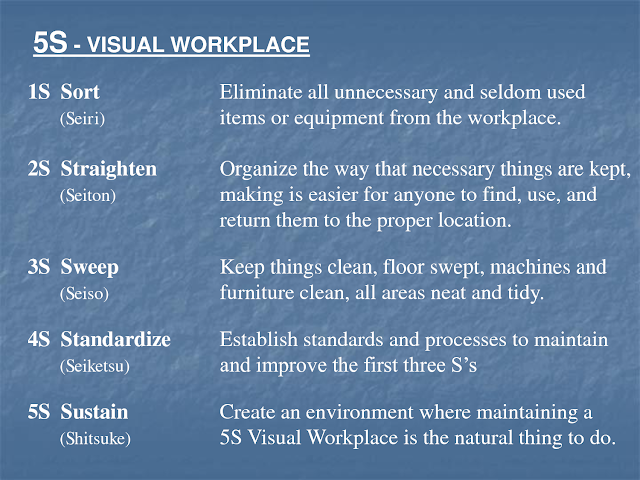Now that we understand how both light sources work, we can more
accurately discuss the advantages LEDs hold over fluorescent tubes.
These include:
-
Long Term Cost
: It is true that LEDs are more expensive initially than fluorescent and
compact fluorescent lights, but they can provide huge potential savings
over the long term. While incandescent lights last for a paltry 800 to
1500 hours, and fluorescent lights last up to 10,000 hours, LEDs can
last up
to a staggering 60,000 hours. This can provide substantial savings as a
result of fewer replacements needing to be bought.
-
Maintenance
: The amount of time spent replacing bulbs, especially in larger
buildings, can be counterproductive. Due to the longer lifespan of an
LED bulb
over a fluorescent tube, maintenance and replacement times can be
reduced markedly when LEDs are used.
-
Noise
: Fluorescent tubes are notorious for being noisy, especially if they
have been used for a significant amount of time. They tend to emit
clicking
and popping sounds intermittently, but most annoyingly, they can produce
a low buzzing sound. Since fluorescent tubes are often used in offices
and
working environments, this can be distracting. LEDs do not have this
problem and operate silently with no annoying quirks or noises.
-
Colour
: Fluorescent lights are notorious for their colour profile. While some
fluorescent tubes now use a different type of phosphorous powder to
produce
a warmer colour, most fluorescents produce only a cold blue/white light.
It is stark and not very welcoming. LEDs on the other hand provide all
manner of different colours easily for any purpose. This is what makes
LEDs so adaptable. They can be used in almost any environment or
lighting
situation.
-
Environmental Impact
: Fluorescent lights by their very nature must contain a small amount of
mercury. This metal and vapour is extremely hazardous to both humans
and
the environment. If it is ingested or inhaled it can cause serious
complications and as such must be disposed of safely. LEDs are
completely safe
and do not contain such poisonous materials, putting home owners and
parents at ease while knowing that they are not contributing to
pollution.
-
Instant On
: LEDs light up as soon as an electrical current is passed through them.
Fluorescents do not do this and require time to flicker before staying
on.
Not only that, many fluorescent lights do not provide optimum
illumination levels until they have been running for a few minutes. LEDs
provide
instant light and instant full illumination.
-
Energy Consumption
: LEDs consume far less power than fluorescent tubes. While fluorescents
are technically energy saving light sources compared to incandescent
bulbs, when contrasted with LEDs there really is no contest. LEDs use
less electricity which is better for the environment and your pocket.
-
Durable
: Because LEDs are not made of glass and are hollow inside, they are far
less fragile than both fluorescent and incandescent bulbs. This makes
them
much more durable and less likely to being rendered inoperable due to
being dropped or bashed accidentally. It also removes the dangers of
broken
glass in such circumstances.
-
No Heat
: While fluorescent tubes emit less heat than incandescent and halogen
bulbs, they still produce much more than LEDs. LEDs are lukewarm to the
touch and therefore carry less risk of causing an accidental fire or
burn.





